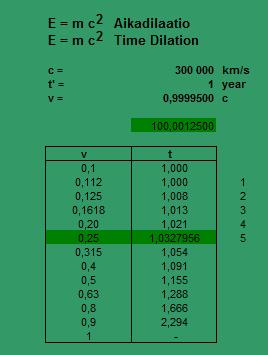Load and Force 1 kN for Calculation
 In principle calculation requires one load 1 kN. In spoken language it is 100 kg, but In physics 100 kg mass. In the calculation load and weight is relative to 1 kN load or force. This is the weight of many of us carrying something with or after weight loss. The load 1 kN is marked using big F letter and with the multiple after it. In principle calculation requires one load 1 kN. In spoken language it is 100 kg, but In physics 100 kg mass. In the calculation load and weight is relative to 1 kN load or force. This is the weight of many of us carrying something with or after weight loss. The load 1 kN is marked using big F letter and with the multiple after it.
F1 = 100 kg F10 = 1 000 kg
F05 = 50 kg F01 = 10 kg
Now there is an image of the load. The F load is compared to the calculated load, although that would be hundred times bigger than the compared load.
Load 1 kN is marked F1 and to the same extent 5000 kg load is marked F50. The load F50 comparing to the load F1, makes the calculation proportional. We do not calculate, we compare tensions, deflection and other values. This makes the calculation fast and easy to solve tasks.
Proportionality also calculates often the complex, which by the traditional way, would take an "eternity". Sometimes the traditional calculation can not it, the EPC is capable. Loads are either real loads or nominal in connection to strength calculation. Everything in the real world has its opposite thing, so also in this the non-material and material face each other.
Calculation would not be possible without this kind of arrangement and also Pasca's triangle has the connection to the calculation. In calculation we count potency number and look the result either from table or on the calculator. I had already a idea of this kind strength calculation, until I heard some engineer saying; "I am not able calculate strengths, but when I walk on the construction, I am able to say, is the structure strength enough". This confirmed me the calculation principle. Thank you for this machine construction engineer.
An example of thinking
a) The gravity value of 9.82 m/s2 consists of the material distance (m), and non-material time. These together form the conceptual area 9.82 x 9.82 = 96.43 (ms)2. The strength is often expressed, for example, as allowable tension 14.6 kN/cm2. The entry contains the pressure, expressed in a similar manner to pressure vessel. Marking varies, but the purpose is the same. So we are approaching the same meaning calculation.
b) Let us think you as a farmer. You have one acre (100 m2) farm, where you are growing the force of gravity. The motion stopping friction and material bending force is well selling product in the market. One day you go to the store to buy seeds for the crop. The need is 0.01 kN per square meter, so you request 100 kg of seeds. After weighing, the merchant adds a handful of seeds into the bag. Your purchase weighs now 101.8 kg. When spreading seeds into the field, you notice one part of the field to be in poor condition. Hundred square meters of surface area has now decreased to 98.2 square meters. Still you sowed all the seeds evenly into the field. Now you get by calculating the weight per square meter 101.8 kg/98.2 m2 = 1.03 kg/m2. Although the need was 0.01 kN per square meter, you have not put too much seed, because all the seeds will not germinate. Those not germinated seed corresponds in physics the friction that stops the movement. Friction value of 1.03(28) is required for the calculation of phenomena. In principle, the farmer and the strength calculator, do the same having different names. Perhaps the following calculations? (858)
96.43 (ms)2 x 1.018 kN = 98.2 m/s2
101.8 kg / 1.03(4) friction = 98.2 m/s2


28.7.2015*11:50 (858 - 236)
www.karikolehmainen.com
epcalculation@gmail.com |